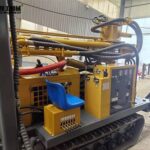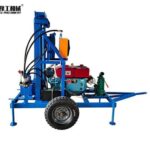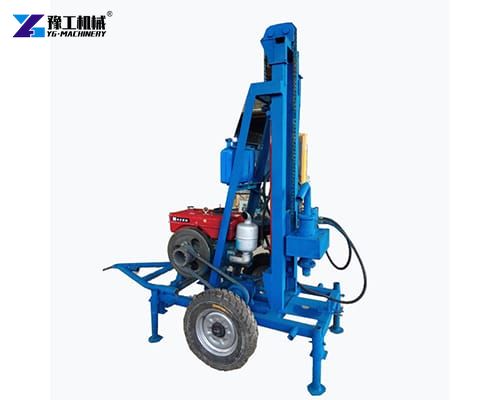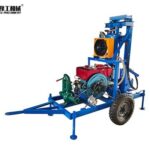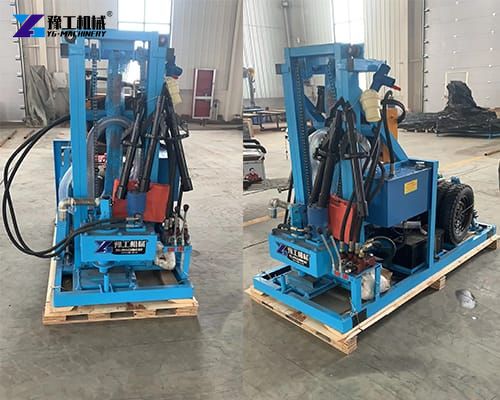Portable water well drilling machine is a compact, mobile drilling rig designed specifically for creating water wells. These units are engineered for mobility, ease of operation, and minimal environmental impact. This machine can be easily moved, set up, and operated in different locations. It is ideal for rural areas, farms, small-scale construction sites, and regions where water is scarce but the terrain does not allow the use of heavy rigs. The equipment has become a solution that allows individuals, farmers, contractors, and businesses to drill water wells efficiently without the need for massive equipment.
Features Distinguishing Portability
- Compact Footprint: They are designed to be narrow and low-profile, often fitting through standard gates or into the bed of a small utility vehicle.
- Lightweight Construction: Utilizing high-strength, lightweight alloys, the overall weight is significantly reduced, often allowing the machine to be towed.
- Modular Design: Many models break down into manageable components—like the mast, power unit, and pump—for easier transportation and reassembly on-site.
- Power Versatility: They typically run on diesel or even electric motors, offering flexibility depending on the available resources at the drilling location.
Applications of Portable Water Well Drilling Machine
The machine has a wide range of applications across different sectors. Some of the most common uses include:
- Household water wells for drinking and irrigation
- Agricultural water supply for crops and livestock
- Rural community water projects
- Geothermal heating system installations
- Construction projects requiring underground water access
- Emergency relief and disaster recovery operations in areas affected by water shortages
Operational Components and Structural Composition
Understanding the internal workings is key to effective use and maintenance. The structure of a typical portable water well drilling machine is designed for simplicity, efficiency, and robustness.
- Core Structural Elements
The Mast: This is the vertical support structure that guides the drilling pipe and withstands the upward and downward forces during drilling. In portable models, it often folds or telescopes for transport. - The Power Head: This is the engine-driven mechanism responsible for rotating the drill pipe and bit. It applies the necessary torque and, sometimes, the downward thrust.
- The Drill Pipe: Sectional steel pipes that are connected end-to-end to reach the required depth. Their thread connections must be strong and easily mated.
- The Drill Bit: The cutting tool at the end of the drill string, designed to cut, crush, or abrade the rock and soil. Bits are varied based on the geological formation (e.g., drag bits for soft soil, tricone bits for hard rock).
- The Power Unit: The engine (diesel or electric motor) that supplies power to the rotary drive and, in some cases, the mud pump.
Factors for Selecting a Portable Water Well Drilling Rig
Choosing the right portable water well drilling machine requires careful consideration of several key specifications to ensure it matches your geological conditions and depth requirements.
- Depth and Diameter Capacity
Maximum Depth: This is perhaps the most critical specification. Be sure to choose a model with a depth rating that significantly exceeds your expected needs. - Maximum Diameter: This determines the size of the well casing you can install. Ensure the machine can handle the necessary hole diameter.
- Power and Torque
A more powerful engine translates to greater torque, which is essential for drilling through hard rock and managing sticky clay formations. Look at the horsepower (HP) or kilowatts (kW) of the power unit. Hydraulic drilling systems generally offer superior power and control compared to strictly mechanical ones.


